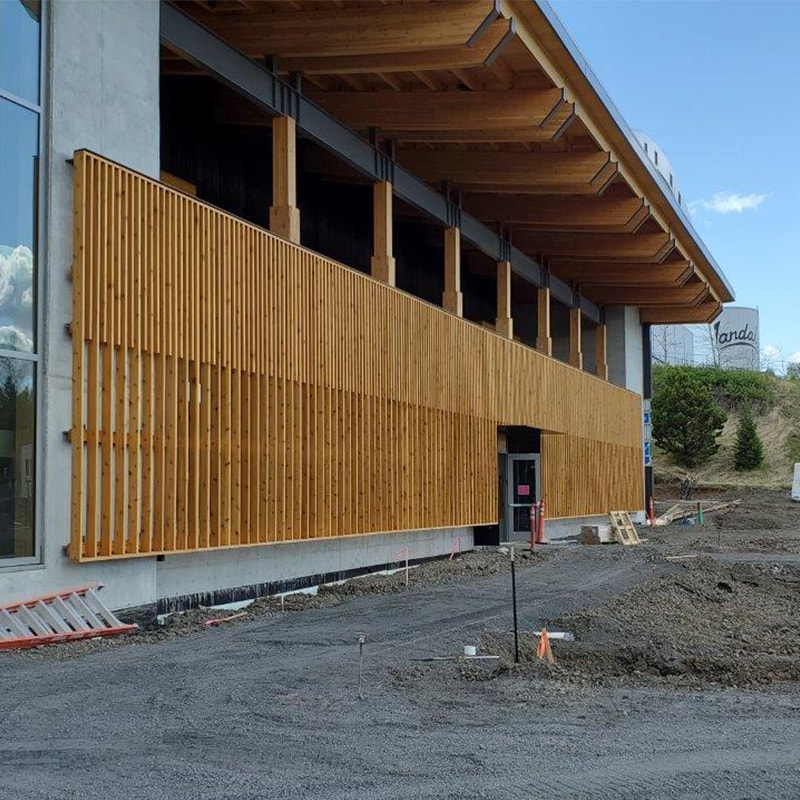Current Market Impact on Construction Costs

Thursday, May 27, 2021
Before the world felt the drastic social, health, and economic effects of COVID-19, the outlook on the architecture and construction industry was very positive. According to Deloitte’s 2021 engineering and construction industry outlook, construction contributed more than $900 billion to the U.S. economy in the first quarter of 2020. As of February 2020, the industry employed an impressive 7.64 million people. These promising levels of economic impact and employment were the highest levels experienced since the 2008 recession. The COVID-19 impact caused the industry to lose $60.9 billion in GDP and reduced jobs to roughly 6.5 million. However, as learned through the 2008 recession, the construction industry is well-positioned to weather such economic turmoil. As the industry has begun to recover along with the global economy, fluctuations in supply, rising costs, and other concerns are hurdles that the industry and owners must work together to overcome. To help you best plan a construction project during this volatile time, our experts identified some major considerations.
Material Substitution
In recent months, we have observed scarcity, delays, and price hikes when procuring common products necessary for construction and occupancy, including wood, steel, cement, and appliances. In some cases, it is possible to analyze the costs and benefits of using one material over another – for example, the use of steel versus concrete structural frames in a building. Similarly, it could be more cost-effective to use a custom-designed I-beam truss roof versus a pre-manufactured long-span truss system. Utilizing alternative materials that fulfill the original purpose but at lower cost and risk for delay could prove a good strategic move to keep a project in budget and on time.
International Trade
Delays in international trade have increased project budgets, too. The disruption in international trade caused by COVID-19 in addition to domestic transportation delays have left some job sites without the materials needed to complete construction. For example, container-ship bottlenecks in the Ports of Los Angeles, Long Beach, and other coastal locations have caused further delays inland. Additionally, tariffs continue to impact the final cost of a construction job.
Budget Constraints
In light of the shortages, delays, and price increases we have observed in prior months, it is more important now than ever to consider the effect of such challenges on your project budget. For example, the reduction of production and transportation and delays in many modes of transportation have become more evident. The February 2021 severe winter storm in Texas impacted many industries, causing further delays for some products as factories and other facilities necessary for production are repaired. Additionally, the subcontracting market has been slowed by delays in material delivery. Given these constraints, construction budgets will inevitably increase to produce a project of the same scope and quality.
Recommendations
To best cope with the current conditions of the construction market, our experts have a few key recommendations to follow in advancing a construction project at this time. First, all the changes, challenges, and limitations explained previously must be factored into your current budget. Plan to have a contingency budget to account for the escalation of material prices and subcontracting costs going forward. Delays in delivery should be accounted for in developing a project schedule; planning scenarios that account for potential delays in multiple areas of a project is key.
Though the construction industry is facing challenges from many angles, our experts advise against halting construction in favor of implementing risk mitigation and contingency plans that can accommodate fluctuations in the market. When the COVID-19 pandemic hit, many projects were delayed as the industry sought to best cope with threats to health and safety. Now, the industry must balance the completion of delayed projects, those that were in the pipeline as the pandemic hit, and other projects that have begun in recent months. However, with the potential for bottlenecks in supply, transportation, and labor to be resolved in the coming year, there is promise for the potential reduction in costs as delays begin to lessen and the construction supply chain gradually returns to pre-pandemic productivity. It is more important than ever to work with a trustworthy contractor with a flexible approach to managing these usual circumstances. According to Josh Lawrence, Sr. Vice President and Chief Estimator at McCarthy, “The latest round of material price increases and availability concerns have only heightened our need to employ creative solutions to minimize these impacts.”
We asked Steve Cooper, President of Cooper Construction Estimating, his thoughts on the current market. Steve shared that, “We are looking at the current market conditions with cautious optimism. The construction market continues to improve as more projects are being planned and bid. Preconstruction planning is more important than ever as labor shortages, material price increases, and long lead times threaten to inflate costs to a point that they could impede the rebound.”